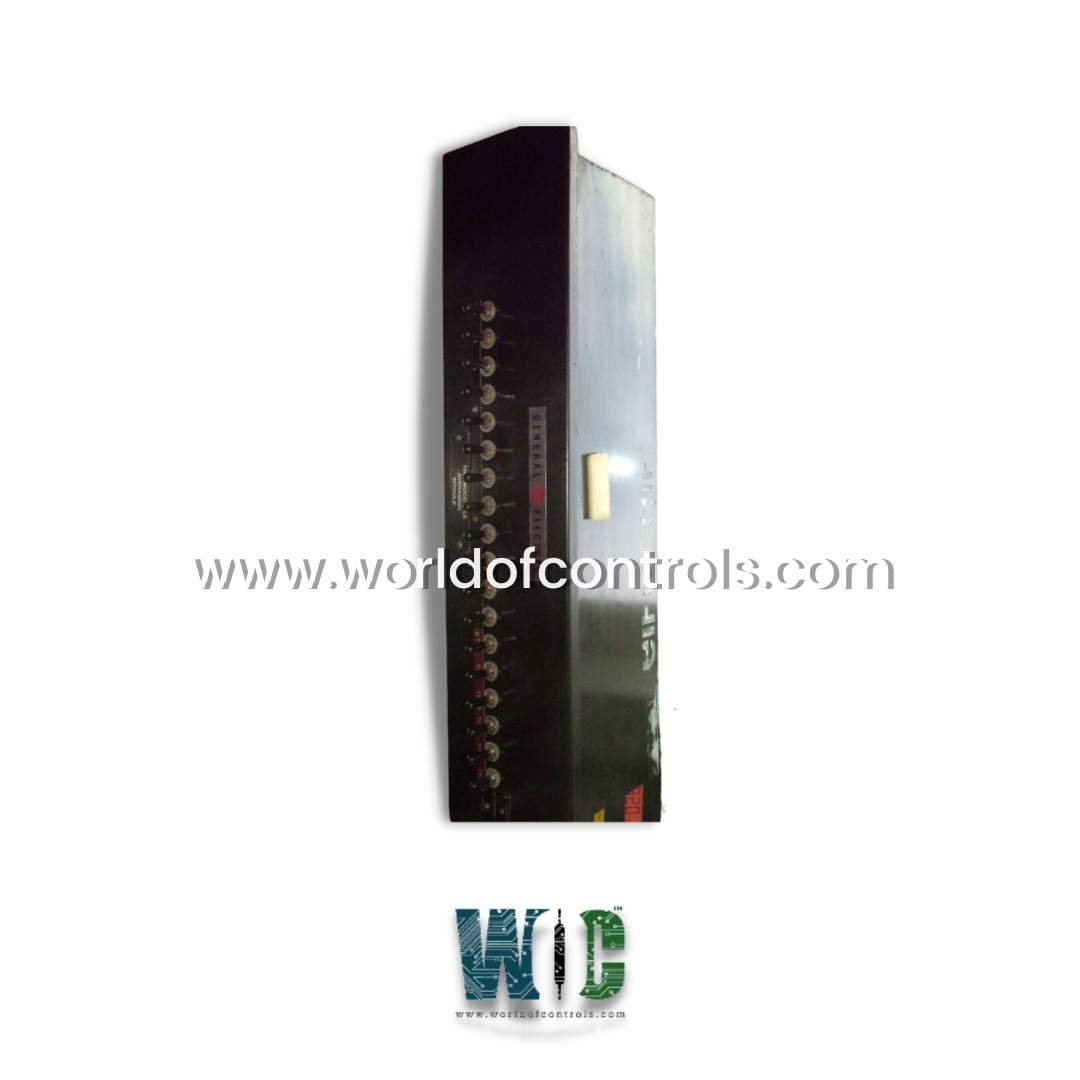
World Of Controls understands the criticality of your requirement and works towards reducing the lead time as much as possible.
IC3603A277B - Heat Sink Transistor Assembly Module is available in stock which ships the same day.
IC3603A277B - Heat Sink Transistor Assembly Module comes in UNUSED as well as REBUILT condition.
To avail our best deals for IC3603A277B - Heat Sink Transistor Assembly Module, contact us and we will get back to you within 24 hours.
SPECIFICATIONS:
Part No: IC3603A277B
Manufacturer: General Electric
Product Type: Heat Sink Transistor Assembly Module
Series: Mark I & II
Inputs: Up to 16 channel
Power Supply Voltage: 24 V dc
Pulse Width: Min 50 nanoseconds
Connectors: RJ-45 synchronization
96-channel Digital I/O: 5V 4mA
Supply Voltage Range: 18-56 VDC
Block Power: 24/48 Volts DC
Output response time: 1.0 msec
Operating temperature: 10 to 40 ºC
Block to Block Isolation: 1500V
Size: 8.83 (22.44cm) x 3.50 (8.89cm) x 3.94
Availability: In Stock
Country of Origin: USA
FUNCTIONAL DESCRIPTION:
IC3603A277B is a Heat Sink Transistor Assembly Module manufactured and designed by General Electric as part of the Mark II Series used in GE Speedtronic Control Systems. It combines a heat sink and transistor to manage and dissipate heat effectively, ensuring stable operation in high-power electronic applications. In devices like amplifiers, motor controllers, and switching power supplies, transistors switch or amplify large currents, generating considerable heat. A heat sink, typically made from thermally conductive materials like aluminum or copper, is attached to the transistor to spread this heat across a larger surface area, allowing it to dissipate into the environment efficiently. Thermal interface materials, such as thermal paste or pads, are often placed between the transistor and the heat sink to improve thermal conductivity by filling any air gaps. A secure mounting assembly keeps the transistor in firm contact with the heat sink, maximizing heat transfer. This setup is essential to prevent overheating and protect against thermal runaway, where rising temperatures can increase current and further escalate heat.
FUNCTIONS:
WOC has the largest stock of OEM replacement parts for GE Speedtronic Gas Turbine Control Systems. We can also repair your faulty boards and supply unused and rebuilt boards backed up with a warranty. Our team of experts is available round the clock to support your OEM needs. Our team of experts at WOC is happy to assist you with any of your automation requirements. For pricing and availability on parts and repairs, kindly contact our team by phone or email.
What is a Heat Sink Transistor Assembly Module?
A Heat Sink Transistor Assembly Module is a setup where a transistor is paired with a heat sink to effectively dissipate the heat generated during operation. This assembly is common in high-power electronics, preventing overheating and ensuring consistent performance.
Why is a heat sink necessary for transistors?
Transistors, especially those in high-power applications, generate heat when they conduct large currents. A heat sink is necessary to absorb this heat and release it into the surrounding environment, keeping the transistor cool and preventing thermal damage or performance degradation.
What types of transistors are used with heat sinks?
High-power transistors like BJTs (Bipolar Junction Transistors), MOSFETs (Metal Oxide Semiconductor Field-Effect Transistors), and IGBTs (Insulated Gate Bipolar Transistors) are commonly paired with heat sinks, as they generate significant heat when controlling large currents or voltages.